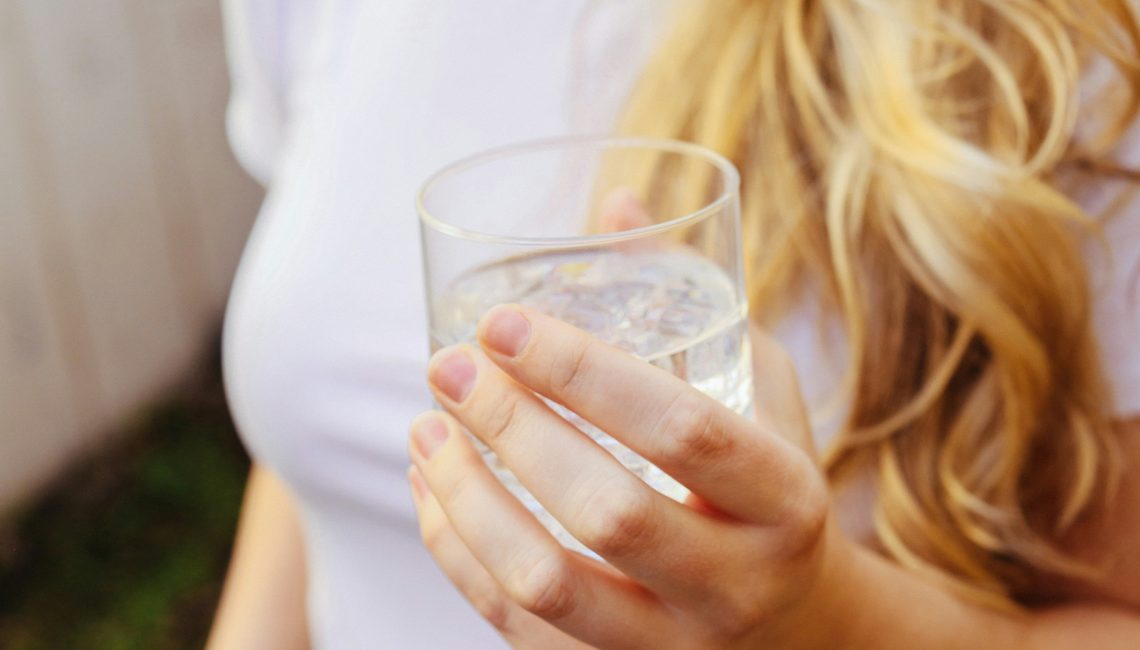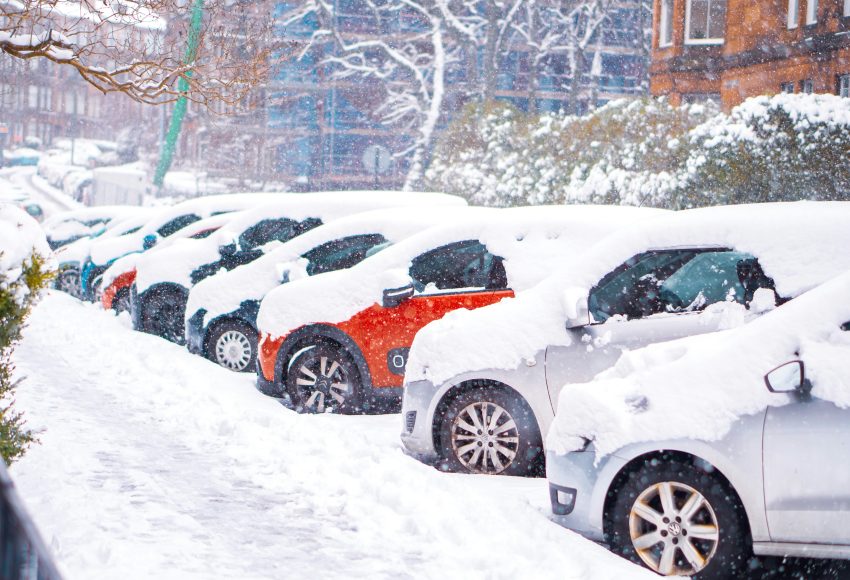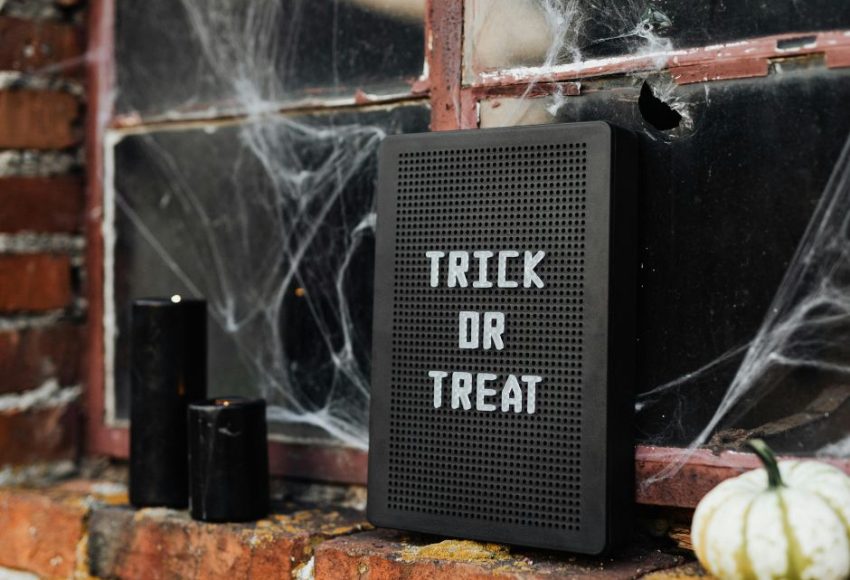Top Tips and Tricks to Fight Heat Related Illnesses
Summer brings sunshine and longer days, but it also comes with rising risks, especially when it comes to heat exhaustion and other forms of heat illness. As temperatures climb, our bodies work harder to stay cool, and prolonged exposure to high heat can quickly become dangerous. From heat cramps to heatstroke, knowing how to recognize and prevent these conditions is essential. Whether you’re working outdoors or enjoying a day in the sun, these tips will help you stay safe, cool, and prepared.
Sip Smart: Stay Hydrated
In extreme heat, staying hydrated isn’t just about comfort – it’s about protecting your health. Dehydration is one of the leading causes of heat exhaustion and other severe heat-related illnesses. To keep your body functioning properly and help regulate your internal temperature, it’s important to hydrate early, often, and wisely.
Here are some key hydration tips to help you stay safe in extreme heat events:
- Drink water regularly: Don’t wait until you feel thirsty. Sip water consistently throughout the day and keep your hydration levels steady.
- Increase fluid intake during outdoor activities: If you’re working, exercising, or spending extended time outside, drink at least one cup (250 mL) every 15-20 minutes.
- Start your day with water: Drink a glass of water first thing in the morning to jumpstart your hydration before the heat kicks in.
- Choose water over sugary drinks: Beverages like soda, energy drinks, and sweetened juices can contribute to dehydration.
- Limit alcohol and caffeine: Both are diuretics that can increase fluid loss, putting you at a greater risk of heat-related illness.
- Eat water-rich foods: Add hydration foods to your meals, such as watermelon, cucumber, oranges, and strawberries.
- Carry a reusable water bottle: Keep it with you at all times, so you can take regular sips, especially when on the go.
Don’t underestimate the power of water when temperatures soar. Staying well-hydrated is one of the simplest and most effective ways to defend against heat stroke.
Beat the Heat: Time Your Outdoor Activities
The sun is the strongest between 10 a.m. and 4 p.m., making this window the riskiest time to be outdoors. Prolonged exposure during peak hot weather can quickly lead to heat exhaustion or other illnesses, especially if you’re active. Whether you’re exercising, working outside, or running errands, managing your time outdoors is key to avoiding heat stroke and keeping yourself healthy.
Here’s how to protect yourself when the heat is at its peak:
- Stay indoors during peak heat hours: Plan your day around the hot weather. Aim to complete outdoor tasks early in the morning or after sunset when it’s cooler.
- Find shade or shelter often: If you have to be outside, take frequent breaks in a cool or shady area like malls, libraries, or community centers with air conditioning.
- Use cooling accessories: Wear a wide-brimmed hat and sunglasses, and use a portable fan or cooling towel to reduce body temperature while outside.
- Avoid strenuous activity during peak hours: Postpone heavy yard work, intense workouts, or other physical tasks until the heat eases.
- Schedule smart: If you’re hosting or attending outdoor events, consider rescheduling them for later in the day or moving them to a shaded or indoor location.
- Create a cool zone at home: Use fans, close curtains during the day, and run air conditioning to maintain a safe indoor temperature.
By being intentional about when and how long you’re outside, you can dramatically lower your chances of developing heat-related illnesses. Remember, protecting your health is more important than sticking to a schedule.
Ease Into the Heat: Adjust Gradually
Jumping straight into extreme heat without preparation can put your body under serious stress. If you’re not used to hot weather, it’s important to give your body time to adapt. Heat acclimatization can significantly reduce your risk of heat exhaustion and avoid a medical emergency.
Here’s how to safely build your heat tolerance:
- Start slow: Begin with short periods of outdoor activity and gradually increase your time and intensity over several days.
- Give it a few days: It typically takes one to two weeks for your body to fully adjust to very hot days.
- Wear appropriate clothing: Lightweight, moisture-wicking fabrics help your body temperature cool down more efficiently as you acclimate.
- Stay well-hydrated: As your body temperature rises, you’ll sweat more, so replacing lost fluids becomes even more critical.
- Avoid back-to-back intense heat exposure: Mix outdoor time with cooler indoor breaks to prevent overheating while your body adapts.
- Pay attention to warning signs: Dizziness, fatigue, or nausea could mean you’re pushing too hard, so slow down and rest.
Taking the time to ease into hot conditions can make a big difference in how your body responds and recovers. Acclimating properly ensures you stay safer, feel stronger, and perform better when the heat is on.
Don’t Ignore the Heat: Know the Warning Signs
When temperatures rise, there’s an increased risk of something happening. Heat-related illnesses like heat exhaustion and heatstroke can develop suddenly and escalate quickly, especially if you have chronic health conditions. That’s why it’s essential to recognize the warning signs early and respond immediately. Whether you’re working, exercising, or simply enjoying the outdoors, staying alert to how you feel could save your life.
Here are common signs to watch for:
- Heavy sweating: Your body may be trying to cool down by sweating excessively but can’t keep up in extreme heat.
- Dizziness or lightheadedness: Feeling faint or off-balance is a red flag that your body is struggling.
- Nausea or vomiting: Heat stress can impact your digestive system, especially when hydration is low.
- Rapid heartbeat or shallow breathing: These signs can indicate that your body is overheating and working too hard.
- Muscle cramps: Often an early symptom of heat exhaustion caused by dehydration and electrolyte loss.
What to do if you notice symptoms:
- Stop all activity immediately: Don’t try to push through when your body’s ability to regulate itself is compromised because it could make the situation worse.
- Move to a cooler area: Find somewhere with cooler air, like a shaded area or an air-conditioned room.
- Hydrate immediately: Sip water slowly, and avoid sugary, caffeinated, or alcoholic drinks.
- Apply cool clothes or take a cool shower: Lower your body temperature gradually.
- Elevate your feet: It helps when you feel faint or lightheaded.
- Call for medical help: If symptoms are severe and don’t improve within 30 minutes, seek professional care for proper treatment.
Older adults, young children, people with chronic illnesses, and outdoor workers are especially vulnerable to heat-related illnesses. If you’re spending time in the hot weather with others, keep an eye out for these signs in your group, and don’t hesitate to step in and help. Staying informed and responsive is one of the best ways to prevent these situations.
Stay Cool, Stay Safe – We’re Here for You
Your well-being comes first, especially when temperatures soar. By recognizing the signs of heat illness and following practical safety tips, you can enjoy the summer while keeping yourself and your loved ones protected. At Oracle RMS, we care about more than just insurance – we care about your peace of mind.
If summer adventures are on your horizon, make sure you’re covered:
- Heading out on the water? Our Pleasure Craft Insurance can help protect your boat and your fun.
- Traveling soon? Travel Insurance gives you peace of mind wherever you go.
Enjoy the season – and know we’re always here when you need us.





